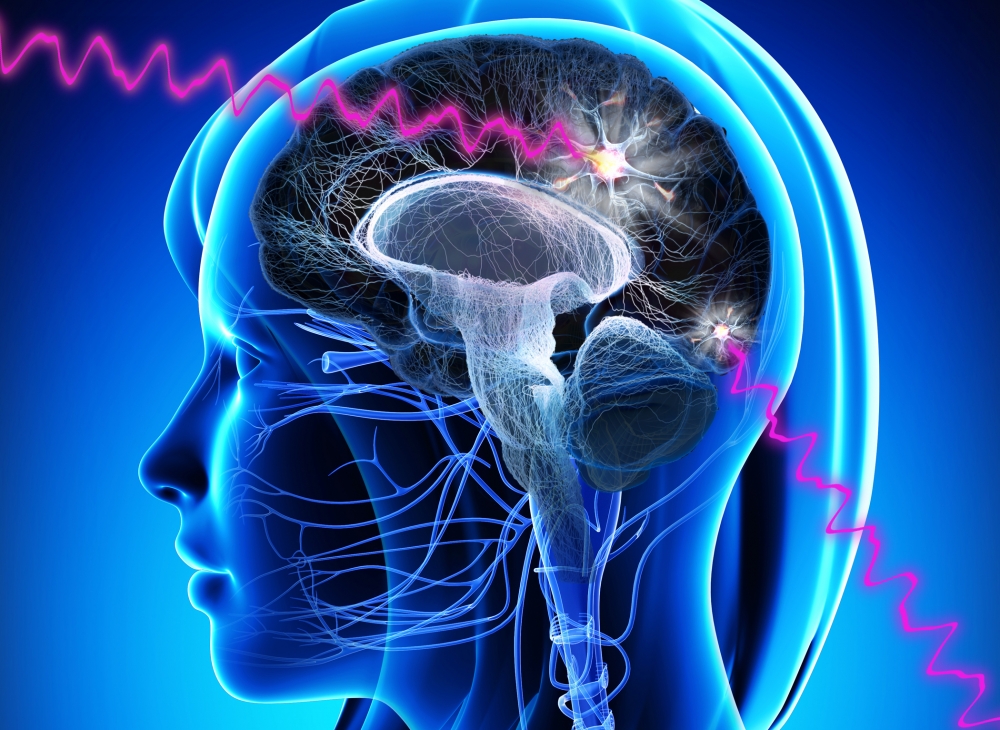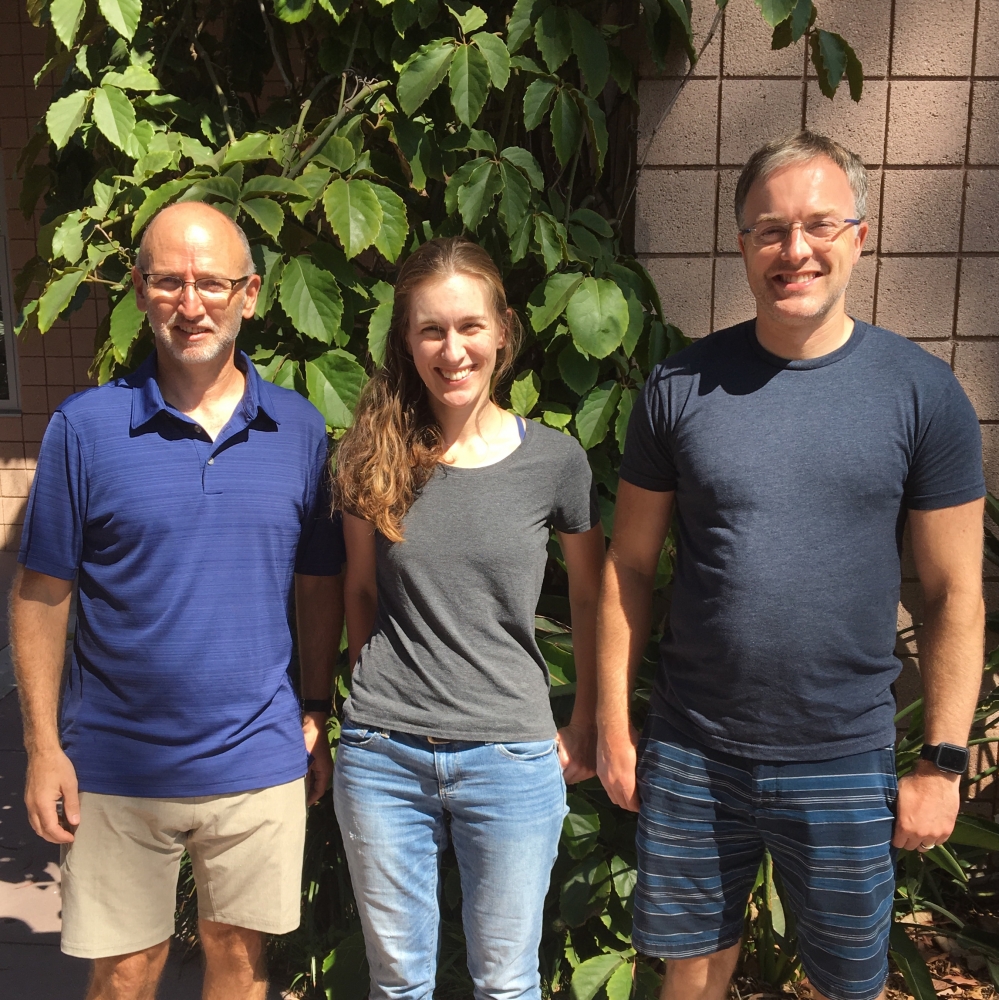
There’s Something About Alpha

Imagine you need to dial a phone number you just looked up. You might jot it down on a piece of paper so you can reference it as you dial. Alternatively, you could repeat the digits in your head as you call, forgetting the number shortly thereafter. These are examples of selective attention and working memory — important aspects of everyday human behavior.
Scientists thought that a single brain process was involved in both selective attention and working memory in humans, as both give rise to electrical patterns in the 8-12 Hertz range, known as the alpha band. However, a recent experiment by neuroscientists at UC Santa Barbara questions this idea. The study appears in The Journal of Neuroscience.
Scientists can measure electrical patterns from the brain using an electroencephalogram, or EEG, where electrodes are placed on the scalp. Processes that generate alpha oscillations seem to play a pronounced role in human brain activity. Current evidence suggests that these oscillations correlate with visual activity, and since vision accounts for a large part of human behavior, alpha waves are quite prominent, explained lead author Mary MacLean.
“Alpha waves have really become a huge part of our field, and everybody’s just been trying to say what they do,” said MacLean a postdoctoral researcher in the Department of Psychological & Brain Sciences. “What we’re showing is that one of the problems of trying to do this is it might not always be the same process that you’re looking at.”
Processes that generate alpha oscillations seem to play a pronounced role in selective attention and working memory. Selective attention involves perceiving and processing information from the environment related to the task at hand, while working memory involves holding, maintaining and manipulating information when it’s no longer being perceived, explained coauthor Barry Giesbrecht, the department’s vice-chair.
Since both selective attention and working memory manifest as alpha band oscillations, scientists thought that they may stem from similar underlying brain activity. So the team designed an experiment to test this.
Participants first were shown a grey dot on a screen that would appear at some point a fixed distance away from the center. After the dot disappeared, participants were asked to click on its previous location. In one version participants kept their eyes open the whole time; in another they briefly closed them before making their selection. Finally, the participants repeated this task — with eyes open and eyes closed — but a checkerboard pattern would briefly appear after the dot disappeared, and before they were asked to indicate its previous location. This served to overwrite, or mask the visual input.
The researchers used a regression-based modelling technique to recover the dot’s location directly from the participants’ alpha waves. If selective attention and working memory really do share a pathway, the algorithm should pick up no differences between the trials where participants closed their eyes versus those where they kept their eyes open.
“You see alpha with attention and you see alpha with working memory, but that doesn’t necessarily mean that it’s the same mechanism,” said MacLean. “It could be doing more than one thing,” which is precisely what they found.
The masking pattern only briefly interrupted alpha band oscillations, which quickly returned to the selective attention pattern. In contrast, when participant closed their eyes, it changed the underlying activity giving rise to the waves, switching to a different pattern.
Unfortunately, these patterns still look remarkably similar. It’s only through statistical analysis that the researchers discovered there was any difference between the two. “It’s kind of baffling in a way,” MacLean said. “There’s nothing to that difference that gives us any insight into what the functional or anatomical difference is.”
Nevertheless, the results indicate that alpha oscillations don’t arise from a single brain process responsible for both selective attention and working memory. This complicates years of thought on this phenomenon that had largely been taken for granted.
The team is currently developing the next iteration of the experiment. One possibility is to have participants keep their eyes open, but constantly moving their gaze. This will still disrupt visual input without the participants’ eyes being closed and control for people having to close their eyes, while still forcing them to rely on memory. The researchers might also use special glasses that black out a participant’s field of view.
Further, the team may change their tools. An EEG measures brain activity across the scalp, which is provides fantastic resolution in time but is far from ideal for investigating processes in a spatial context. Functional magnetic resonance imaging, or fMRI, can resolve brain activity with much higher fidelity and in three dimensions. This would provide more insight into the processes and brain regions underlying the alpha waves.
“Alpha seems to be critical to so much of what humans’ brains do, and yet we know so little about why, or even what it does,” said MacLean. “And we just made it more complicated.”



